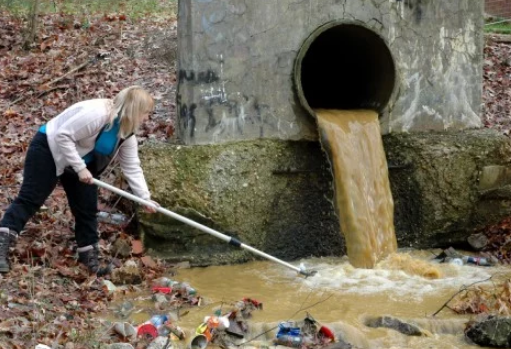Across the country, water systems are old, badly maintained, and in dire need of modernizing -- from lead service lines in Milwaukee, Wisconsin, and Newark, New Jersey, to silt and debris in drinking water after heavy rain in Austin, Texas, to fecal contamination in Penn Township, Pennsylvania. Worse, some are managed by dysfunctional agencies where incompetence and socioeconomic and racial bias may determine whether a community is made sick by its drinking water. The reality is that we can no longer assume that our water is safe to drink.

How unsafe is it? Depending on the source of contamination and the exposure, health effects include neurological problems and developmental disabilities in children (lead), interference with hormones (perchlorates), and increased risk of cancers of the skin, bladder, and kidney (arsenic). The Environmental Protection Agency regulates more than 90 contaminants—but a hundred more that are tracked are so far unregulated.












